

New research reveals mountain glaciers across the globe will not recover for centuries -- even if human intervention cools the planet back to the 1.5 C...


Scientists have decoded the atomic structure of Photosystem I from a 3-billion-year-old cyanobacteria lineage, offering a unique look at early oxygen-producing photosynthesis. The ancient nanodevice, purified...


Researchers have designed a high-performance, open-access continuous flow process to safely produce key antibacterial drugs from bio-based furfural.
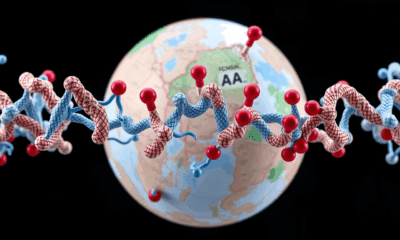

Taste, pain, or response to stress -- nearly all essential functions in the human body are regulated by molecular switches called G protein-coupled receptors (GPCRs). Researchers...
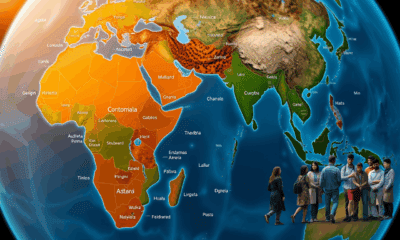

A study has shown scientific knowledge on the conservation of endangered species is often overlooked when not presented in English.


New research suggests that the negative effects of the ozone hole on the carbon uptake of the Southern Ocean are reversible, but only if greenhouse gas...
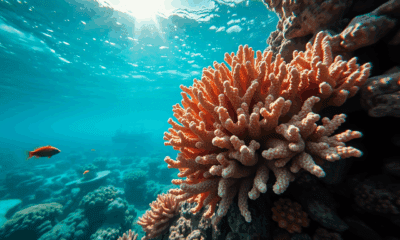

A new study reveals that heat-tolerant symbiotic algae may be essential to saving elkhorn coral (Acropora palmata) -- a foundational species in Caribbean reef ecosystems --...
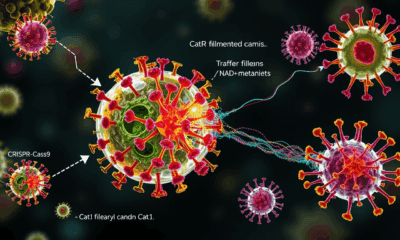

Newly discovered weapons of bacterial self-defense take different approaches to achieving the same goal: preventing a virus from spreading through the bacterial population.


A team has created the most complete map of the world's rivers ever made offering a major leap forward for flood prediction, climate risk planning, and...
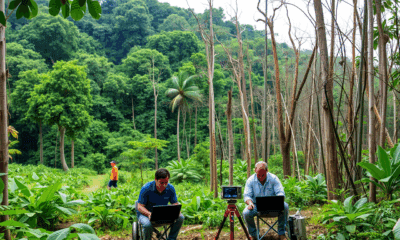

The Amazon rainforest may be able to survive long-term drought caused by climate change, but adjusting to a drier, warmer world would exact a heavy toll,...